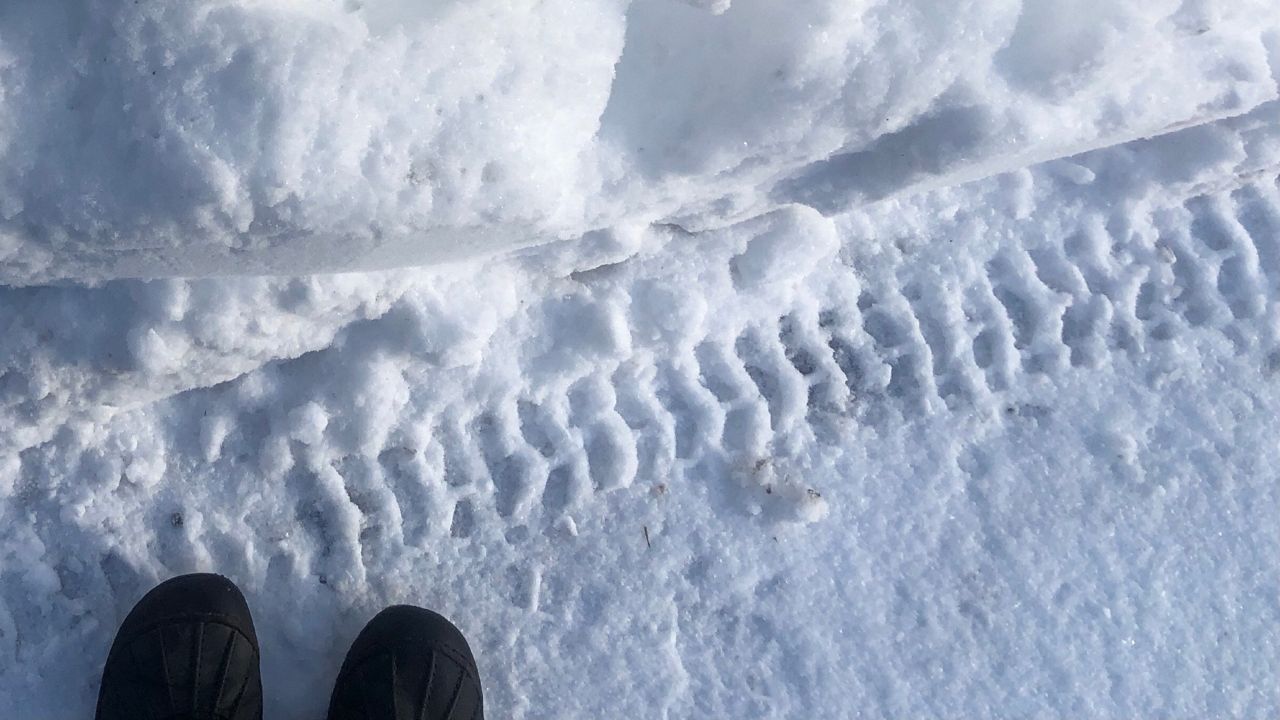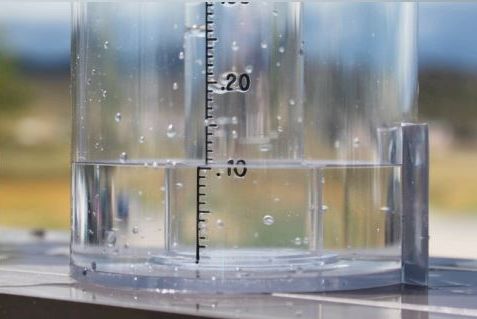Most folks balk at the thought of a long winter season with repeated bouts of snow, but believe it or not, some residents love this time of the year.
If you or someone you know takes a keen interest in tracking the weather, then maybe now is the time to begin reporting what you observe.
It's simple. You can measure precipitation that falls outside your home and share this data with local meteorologists through a collaborative weather spotter organization called CoCoRaHs.
Virtually anyone of any age can become a real-life weather reporter, and it only requires a few minutes per day. So, put on your boots, and let's chat a bit about CoCoRaHs and find out how you too can join in the fun of reporting the weather.

As a CoCoRaHS observer, your job is to report what falls from the sky every day, and it's also crucial to report when there is nothing.
Dry days are just as important to report as the wet or snowy ones, especially in periods of drought. Of course, you are welcome to pick a variety of weather conditions to keep an eye on, and it's best to measure daily and at a consistent time.
First morning measurements are appreciated, reasonably between 6 a.m. and 9 a.m. every day.
You're not a morning person? No worries. If you have others at home that may be willing to help you measure, the more the merrier. Being a CoCoRaHS observer and reporter can be a collaborative effort with your very own family!
Training entails watching a few tutorials, and it is free through the CoCoRaHS website.
Let's start with a rain measurement example found here.
There are also slide shows to get you set up here.

To measure snow, you only need basic tools that you may already have at home. These tools include a ruler, a yardstick, and a whiteboard. The board can be nearly any material, but the important thing is for it to be white.
Here is a CoCoRaHS animated video explaining the snow measuring process and how to get set up for accurate snow measurement.
A rain gauge helps measure rain most accurately. Here is more information on the type of rain gauge required by CoCoRaHS for accurate measurement.
Did you know that there are also rain measuring tools to aid those who may have vision problems? You can get more information, here.
Being a weather observation and reporting volunteer is not only a fun hobby, it also helps provide useful data to aid our local emergency services in keeping us all safe from weather disasters.
According to the website, these are some of the people that benefit from local weather data:
- The National Weather Service
- Other meteorologists
- Hydrologists
- Emergency managers
- City utilities (water supply, water conservation, stormwater)
- Insurance adjusters
- USDA
- Engineers
- Mosquito control
- Ranchers and farmers
- Outdoor and recreation interests
- Teachers
- Students
- Neighbors in the community
Your observations continue to give scientists an ever-clearer picture of exactly where precipitation falls and how much. The more locations that measure, the better.
This information is crucial to our everyday lives, and it can help us prepare for what may be heading our way in the future. So, why not join CoCoRaHS today and become an integral part of our weather community?



